
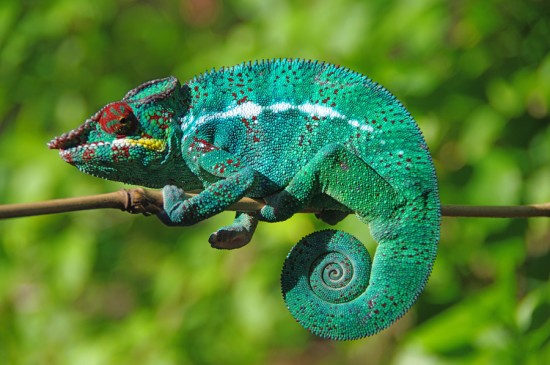
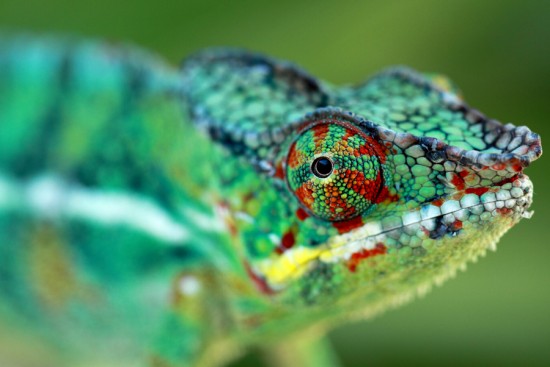
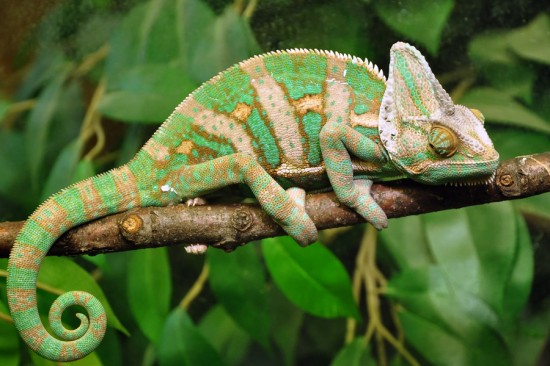
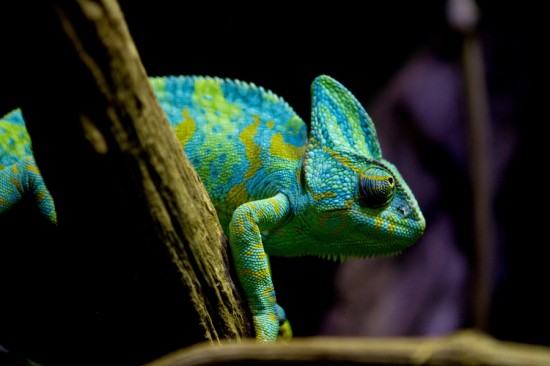
Chameleons are amazing creatures, not least because some species have the ability to change colour, they have a sticky tongue that's one-and-a-half times longer than their bodies and their eyes can swivel in all directions, independently of each other. There's no wonder this talented reptile is rapidly becoming a very popular pet.
However, like most reptiles, the chameleon is considered a specialist pet and the decision to buy one shouldn't be taken lightly.
A chameleon is a distinctive and highly specialised 'clade' or branch of lizard. They are found across the globe from Africa, Madagascar, Spain and Portugal, across south Asia, to Sri Lanka and have also been introduced to Hawaii, California and Florida. Chameleons are found in warm habitats that vary from rainforest to desert conditions.
There are approximately 160 types of chameleon, all of which are uniquely adapted for climbing and visual hunting and they are characterised by their ability to change colour, their prehensile tail, separately mobile eyes, rapidly extrudable tongues and their zygodactylous (two forward facing and two backward facing toes to enable grip on twigs and branches - just like birds) feet.
Many species are quite solitary and prefer their own company - it's worth checking with your breeder, but many will recommend keeping your chameleon on his own.
Veiled Chameleons, one of the better 'starter' species and can certainly develop quite a distinct character. Some chams might even become quite tame, while others won't come out very often. Let your chameleon guide you and try not to handle them if they really don't like it. Letting your chameleon out of its enclosure from time to time will keep him entertained and healthy.
As with most reptiles it's best to select a captive-bred animal. Wild caught specimens are often stressed, carry a heavy parasite burden and can also find it difficult adjusting to life in captivity. Chameleons are not hardy creatures - they require close monitoring and lots of care. Buying a stressed or diseased animal will undoubtedly lead to disaster.
The best place to start your search is online or through specialist reptile outlets who can help you find a reputable breeder. You can expect to pay up to £100 for a baby chameleon.
First things first - chameleons are not a pet for the squeamish. They love live insects. They will eat some vegetable matter and this can be fed along with the insects. The insects will then feed on the vegetables and this will keep them alive longer, which is great for your cham. Vegetables to consider include watercress, grated carrot or sweet potato, sliced spring greens and dandelion leaves.
The best insects to offer your scaly pal include:
A vitamin and calcium supplement should also be given to your chameleon as human produced UV is not sufficient for basking reptiles to produce Vitamin D3, which is essential for the chameleon to metabolise calcium for growth and nerve function.
In the wild chameleons get all the moisture they need by licking dew from the surface of plants. They are attracted by reflective water droplets and in captivity attention must be paid to how water is offered to your pet.
It's worth investing in a dripper system which can be purchased relatively cheaply and should be set to drip water for 10 or 15 minutes at least once every day. It's also advisable to thoroughly mist the chameleon's enclosure every morning and night to make sure he gets all the water he needs.
Chameleons like clean, warm drinking water - cooled, pre-boiled water is best or if directly from the tap it must be left to stand so the chlorine disperses.
Chameleons can live happily in a specially constructed enclosure or a vivarium, but please ensure that anything you choose is at least 20" in height - don't forget chameleons are climbing animals!
It's worth checking how big your cham is expected to grow and plan to provide at least two enclosure sizes - one for when you first bring him home and one for later on, to cater for your adult chameleon. It's advisable to replace one of the glass doors with mesh or wire netting to encourage ventilation. As we have seen, chameleons are not hardy creatures and a warm, damp environment with no ventilation will quickly become a breeding ground for nasties.
Chameleons do not require substrate, but will benefit from branches of varying diameter on which to climb, as well as real or fake vegetation in which to hide. If you opt for real plants make sure whatever you choose is non-toxic. Safe plants include hibiscus, pothos and umbrella plants.
The arrangement of equipment, plants and lights should be mean that your chameleon has at least one basking area where the temperature is at its highest to allow him to thermoregulate. The temperature in other parts of the cage must be lower to allow your pet to cool down should he need to.
Like all reptiles, chameleons thermoregulate and as such need a heat source which will replicate that of their country of origin so they can bask and move away from the heat source as necessary. Veiled chams hail from Saudi Arabia and the Yemen and as such require a daytime temperature of around 90-95 degrees Fahrenheit with a 10-degree drop at night.
At this range, the temperature can be given using a normal 40 or 60 watt household bulb and the wattage can be varied to achieve the right range. A basking spot should be created close to the heat source although the bulb should be far enough away as to be completely out of reach to your agile friend. Basking heat should be provided 12 hours a day, and the hardier species, such as the veiled, can cope with the bulb being turned off overnight as this would replicate conditions in the wild allowing a more natural, restful environment.
Chameleons should have a UVA/UVB light source, as well as a basking light. Exposure to UVA or UVB rays will allow your cham to soak vitamin D3 into their skin, which helps them absorb calcium. It's important that your reptile has enough time to bask, so the light should be left on for 12-14 hours per day.
However, all chams are real sun worshippers and no amount of artificial UVA or UVB light can replicate the effects of the sunshine on the heat-loving chameleon. If it's warm enough, take your pet outside and let him bask on the ground or in a bush, but do make sure he can't escape! If you have the space it would definitely be worth investing in an outdoor enclosure where your chameleon can sunbath to his heart's content. Set him up with a dripper system and he'll be the happiest reptile in the world! Although you must make sure he has an area of shade so he can get out the sun if he needs to.
 Urge Incontinence Or Bladder Spasms In The Dog
Urge Incontinence
Urge Incontinence Or Bladder Spasms In The Dog
Urge Incontinence
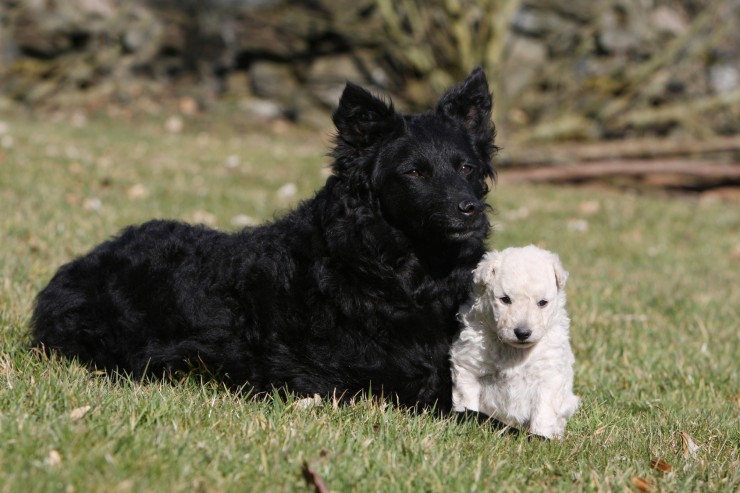 The Mudi - A Loyal, Affectionate Dog From Hungary
The Mudi - A Loya
The Mudi - A Loyal, Affectionate Dog From Hungary
The Mudi - A Loya
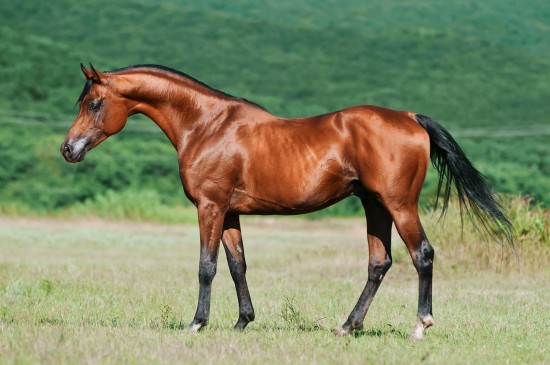 The Three Sires That All Thoroughbreds Share
The Three Sires T
The Three Sires That All Thoroughbreds Share
The Three Sires T
 Preparing Your House for a New Pet
Preparing Your House for a New Pet
Adopting ac
Preparing Your House for a New Pet
Preparing Your House for a New Pet
Adopting ac
 The Akita And Health Issues
The Akita And Hea
The Akita And Health Issues
The Akita And Hea
Copyright © 2005-2016 Pet Information All Rights Reserved
Contact us: www162date@outlook.com